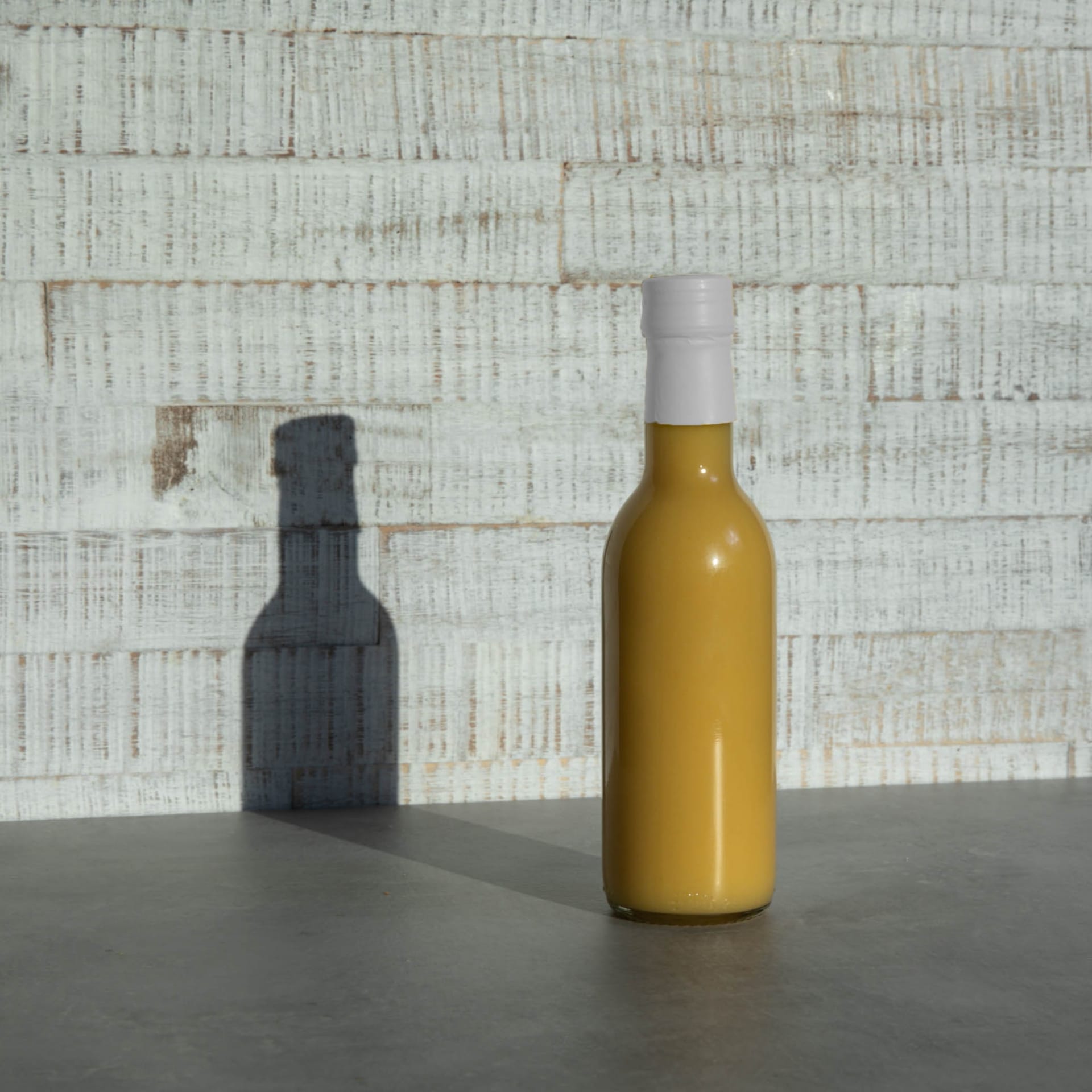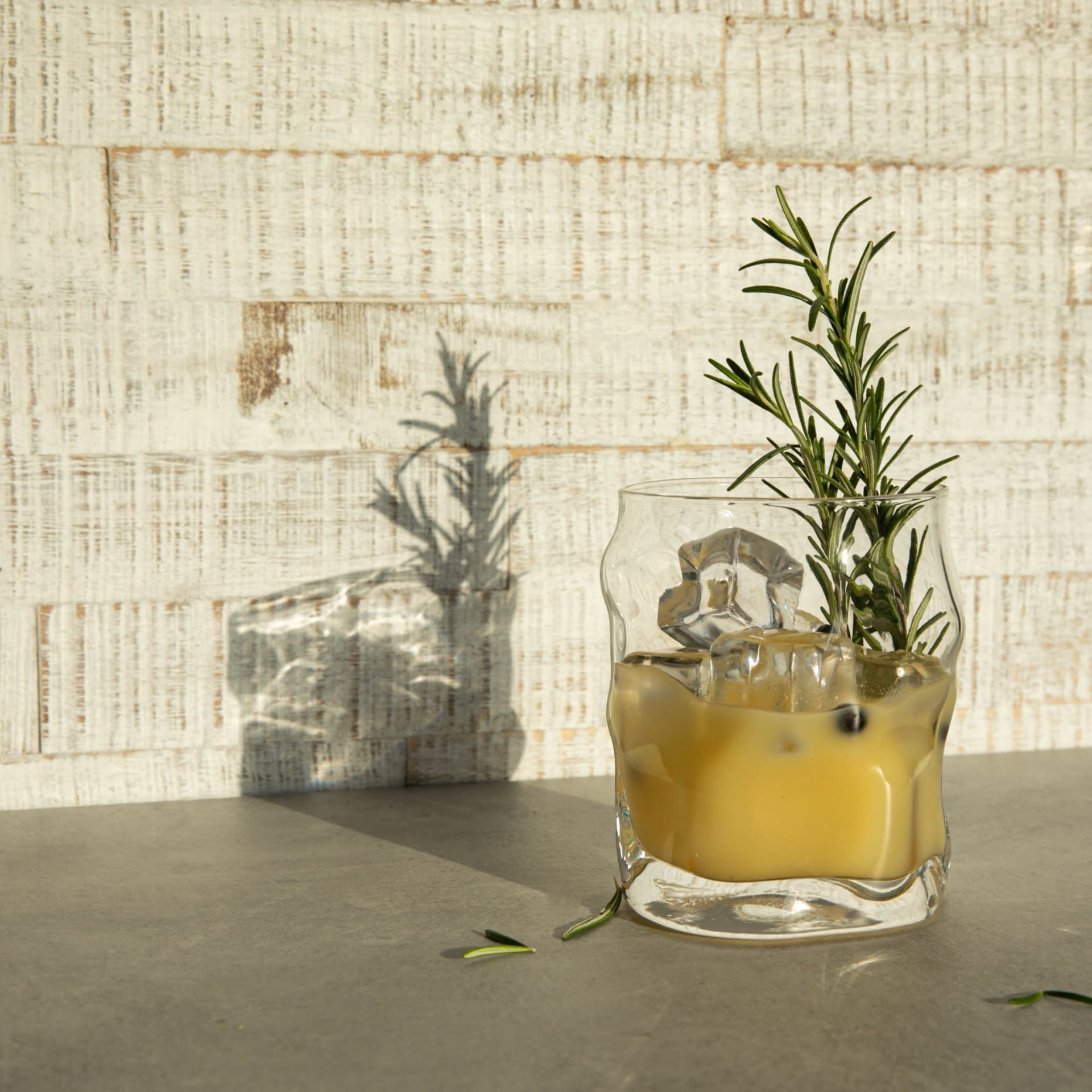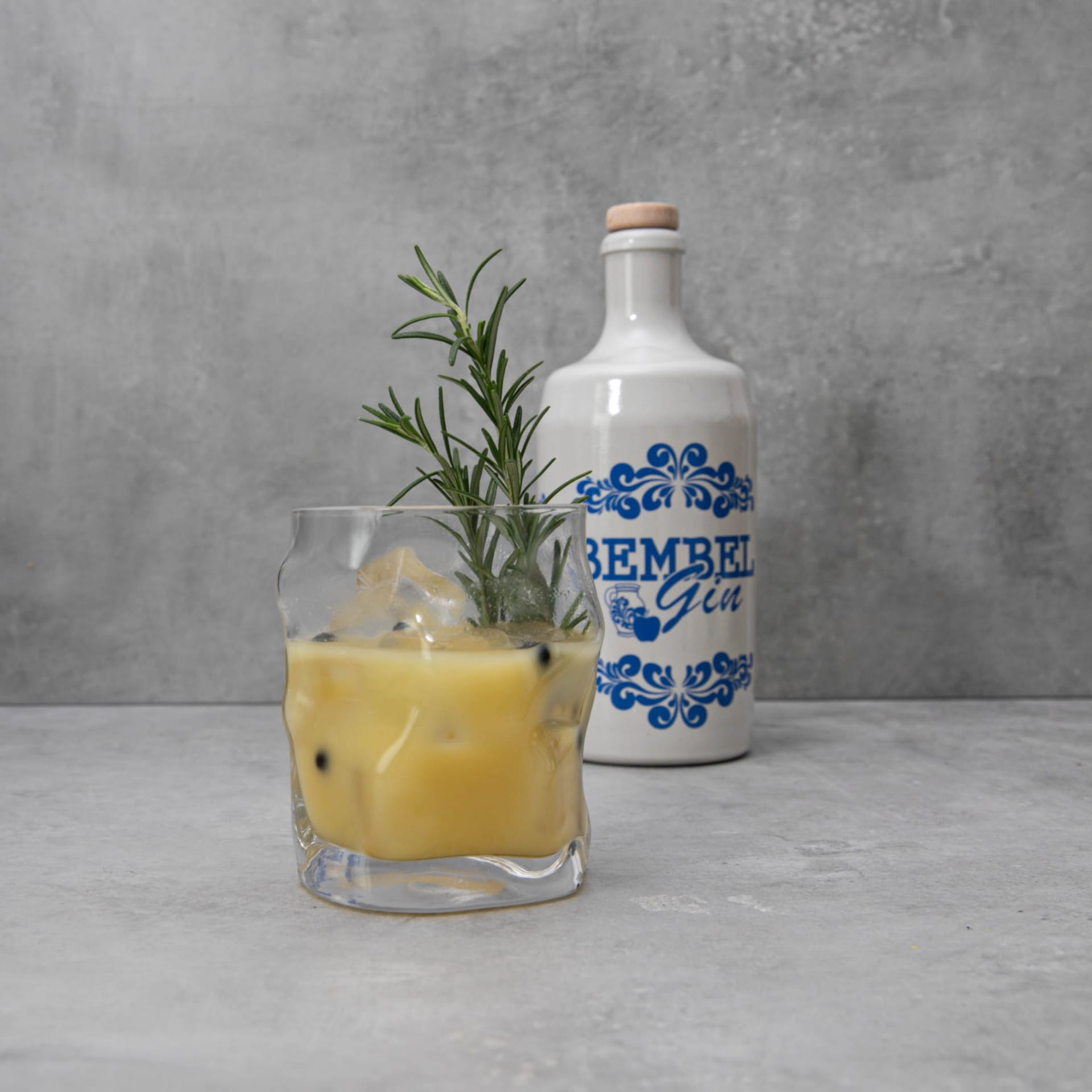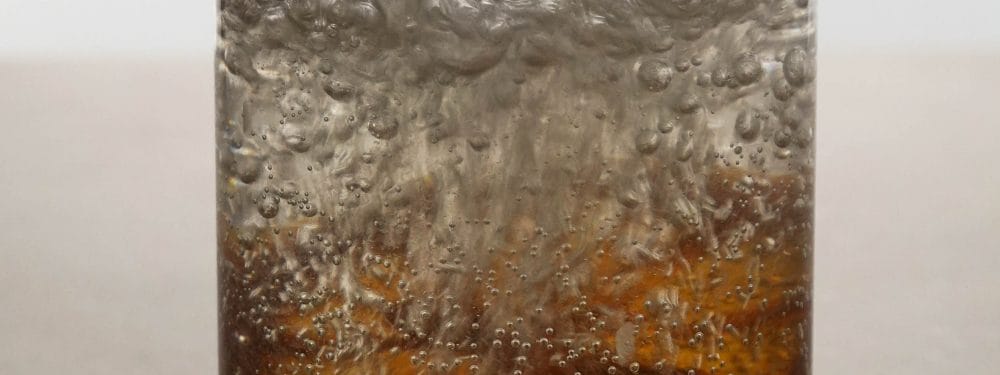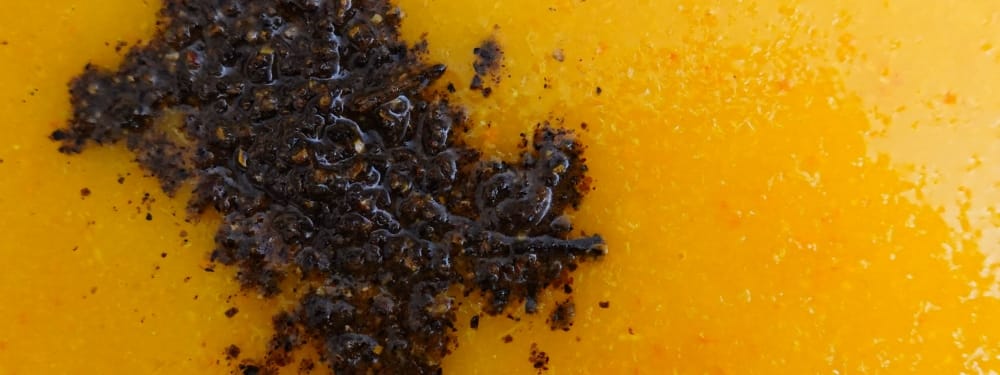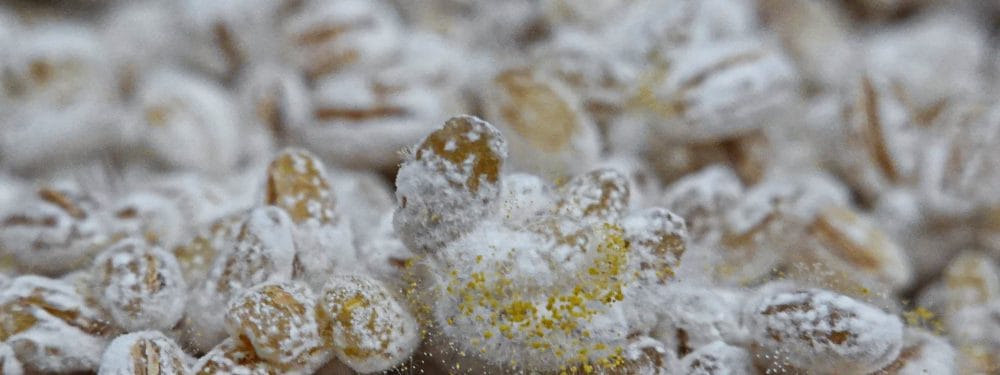Ferments for more flavor in water or long drink
In recent months, we have repeatedly turned to koji to explore new ancient flavors with mold and fermentation. At first it was about savory flavors but Amazake has lent itself just as well to sweet toffee.
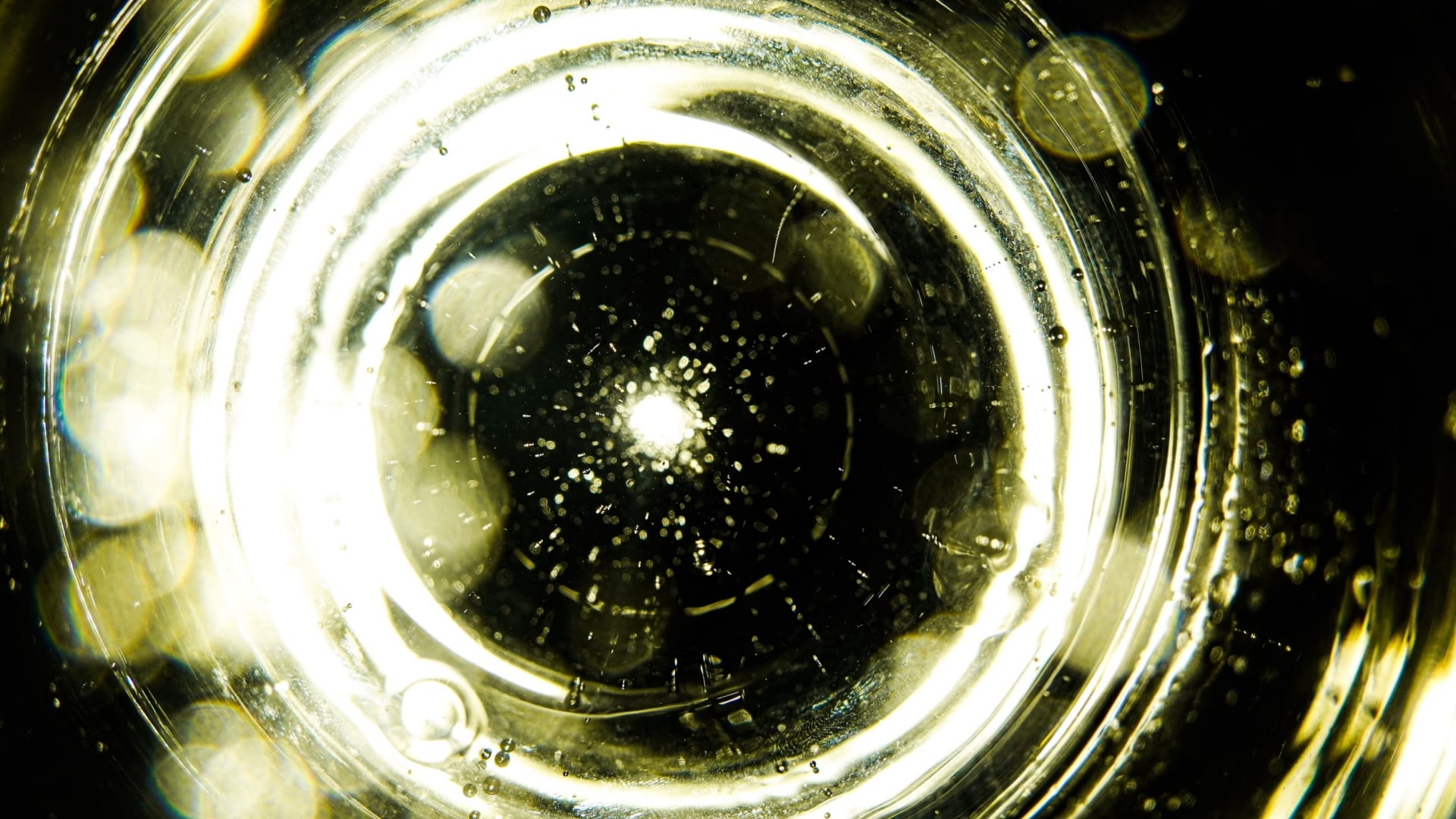
We pick that up again and try our hand at a drink. More precisely, a beverage base. We wanted to create an exciting syrup that would provide new taste experiences at home in the water bubbler. Koji lemonades we have not invented, but so far are not very common. Normally, for this Amazake, that is a mixture of rice ripened with koji, rice and water is mixed in equal parts with a fruit, supplemented with sugar and topped up with sparkling water.
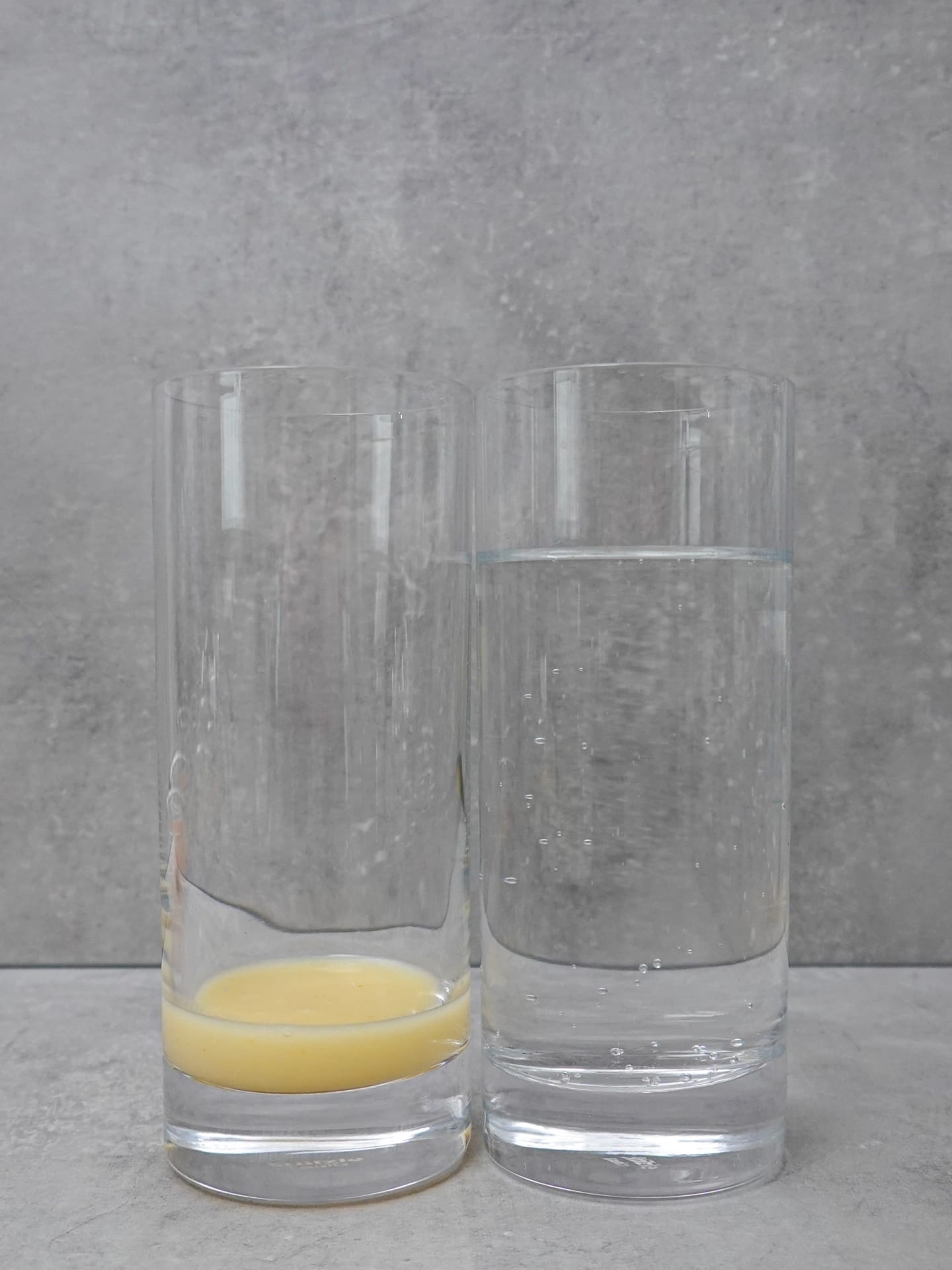
The power of two fermentations
We replace the fresh fruit with another fermented element from past experiments, our salt citrus. This idea is based on another fermented drink, Soda Chanh from Thailand. For this, salt lemons are sweetened with sugar and infused with sparkling water, offering an unusual but interesting lemonade taste for us. Perhaps this combination is the key to a, spicy, fruity-tart cold drink? Just the thing for the now warmer days. Fermented rice with fermented citrus fruits as a beverage base – sounds unusual but quite promising.
The taste of doubt
First, we put on Amazake. As for the caramel, this process takes three days.
Thus, we obtain a sweet and watery amazake. We pass this through a fine sieve. We also strain our well-preserved salt-citrus purees through a fine sieve. We try the different combinations: always a spoonful of Amazake as a base and an additional spoonful with grapefruit, lime, tangerine, orange or lemon. No combination really convinces us. What does not work individually may gain persuasive power when mixed? And behold! We are amazed – it tastes better than expected. In the next step, we test everything again, but this time with a scale to get a usable recipe.
Actually, it was supposed to be a fruity-tart syrup, but we quickly discarded the idea after the first taste test. Perhaps the double fermentation combination was too much of a good thing or just too unusual for us.
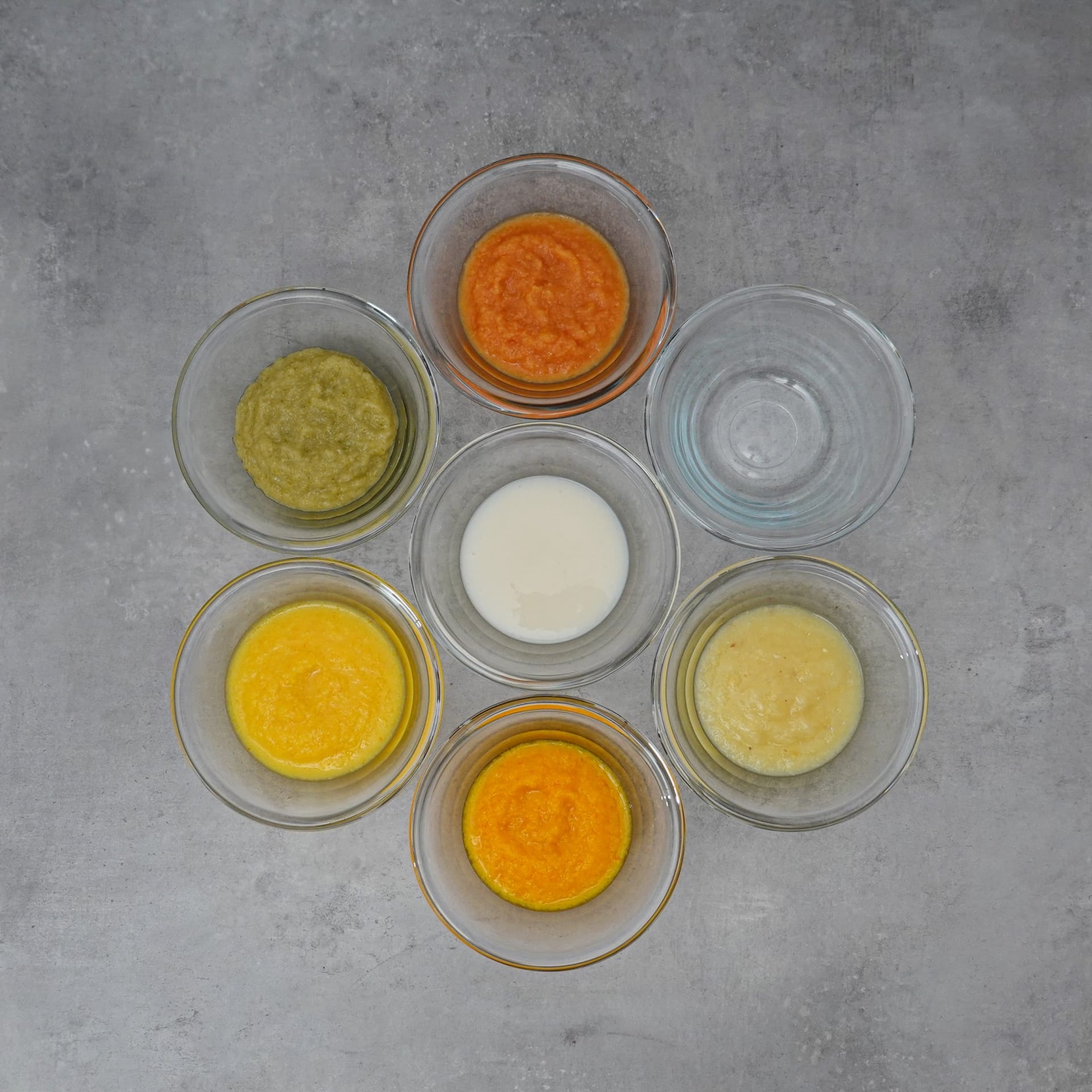
Unfortunately, the taste was not quite round. The syrup tastes good but diluted with water he has not convinced us more. By the way, fermented beverages in particular sometimes take on very unique flavors. We know this from our Met experiment but also from natural wines. This time, however, it was not due to such special fermentation flavors.
Alcohol is the solution
Then came the idea to replace the water with alcohol and create a kind of cocktail. We have chosen a gin from the Frankfurt area. It has a special aroma and after the first tests it goes well with our syrup. We mix and test. The finished cocktail recipe includes our syrup, gin (preferably one from Hesse with apple notes), elderberry syrup and water. To support the taste with a spicy note, we add some juniper berries to the cocktail. Served on ice and decorated with rosemary, we enjoy an Amazake cocktail that managed to convince us in the end.
In this case, alcohol was indeed the solution. Nevertheless, we believe that there are still many undiscovered, exciting syrup varieties for water sparklers. So it may well be that we take up the subject again.
Packaging design agency meets food lab
Food Lab? So what does a food packaging design agency have to do with the food lab? We want to deal with the core of the matter before designing the surface – i.e. the packaging. Only those who as a food marketing agency a food, can translate the taste into suitable packaging design. That’s why we have creative minds working with food in the kitchen long before it comes to packaging.

